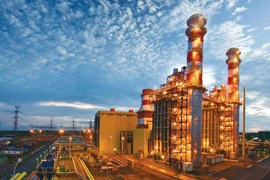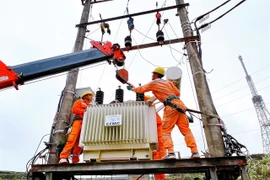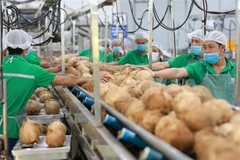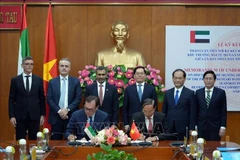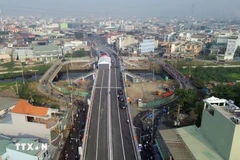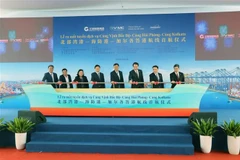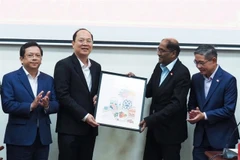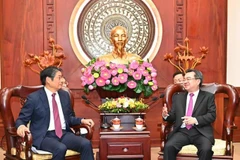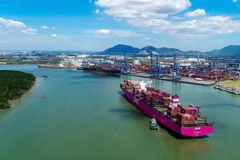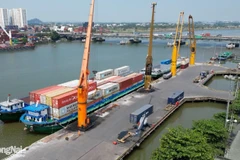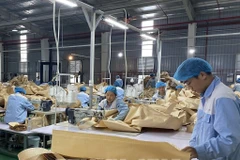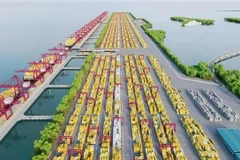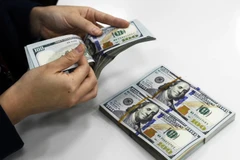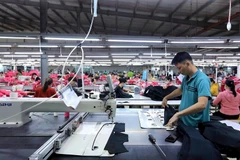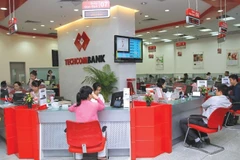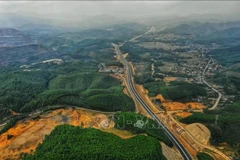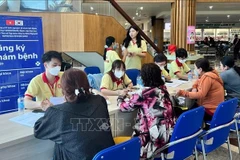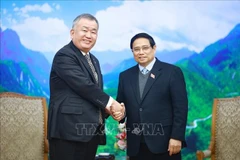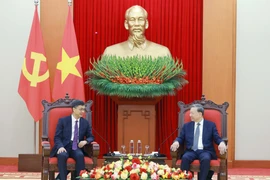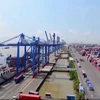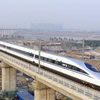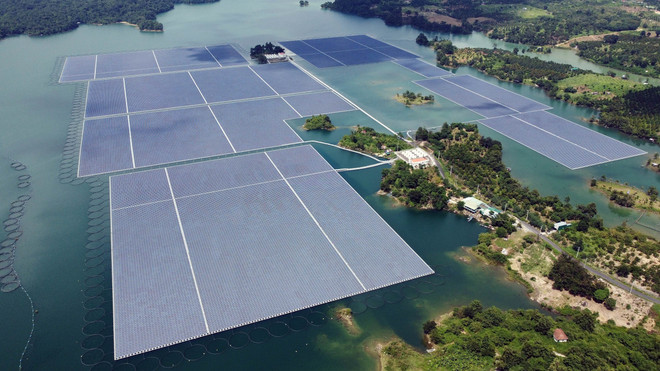
Hanoi (VNA) – Vietnam should further facilitate private investment in its energy sector to sustain high economic growth, heard a workshop in Hanoi on February 18.
The event was organised by the Ministry of Planning and Investment’s (MPI) Department of Industrial Economy and Service Economy in collaboration with the Southeast Asia Energy Transition Partnership (ETP) under the United Nations Office for Project Services (UNOPS).
Le Tuan Anh, head of the Department of Industrial Economy stressed that Vietnam is aiming for double-digit economic growth, making energy expansion essential. To achieve this, the country should create a transparent and investor-friendly environment to attract the private sector.
In February 2020, the Politburo issued Resolution 55-NQ/TW, outlining the national energy development strategy through 2030, with a vision to 2045. The resolution states that firmly ensuring national energy security is the foundation and an important prerequisite for socio-economic development. It prioritises fast and sustainable energy development connected with environmental protection, defence – security safeguarding, and social progress and equality. Encouraging and facilitating the participation of all economic sectors, including the private one, in energy development is also highlighted in the resolution.
ETP Director Philip Timothy Rose underscored the necessity of mobilising private capital, noting that Vietnam’s power sector will require more than 134 billion USD in investment from 2021 to 2030.
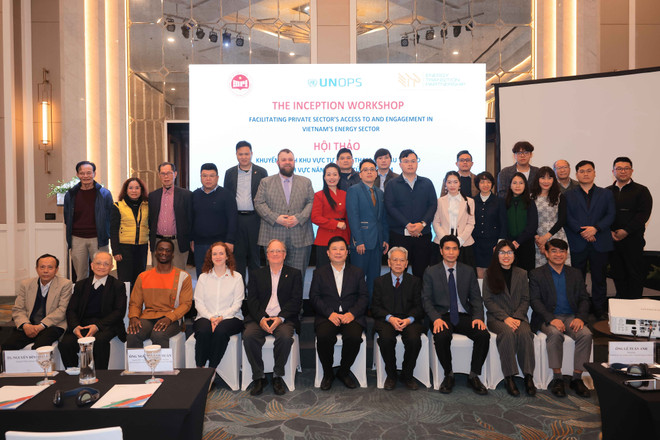
Meanwhile, former Vice Chairman of the National Assembly Office Nguyen Sy Dung highlighted the critical role of electricity supply in achieving double-digit economic growth, stating that for GDP to grow by 1%, electricity must increase 2%.
However, experts pointed out several barriers to private investment, including complex administrative procedures, high capital requirements, slow returns on investment, and limited access to financing.
Dung noted that domestic loans come with high interest rates, while foreign financing often requires government guarantees, which private firms cannot obtain.
To address these challenges, experts called for addressing those hurdles to facilitate private investment.
Vu Quynh Le, Deputy Director of the MPI’s Public Procurement Agency, stressed the importance of private participation, particularly in renewable energy projects. She also noted difficulties in implementing public-private partnership (PPP) projects as transitional coal-fired power projects face strict lending conditions from international financial institutions and require government commitments.
Additionally, Vietnam Electricity (EVN) encounters constraints in guaranteeing fuel purchases for large-scale power projects, leading to delays in recent PPP investments.
The workshop was part of a broader initiative to encourage the private sector's participation in the energy sector, supporting Vietnam’s National Green Growth Action Plan for 2021-2023, as well as Power Development Plan VIII and Resolution 55-NQ/TW./.
